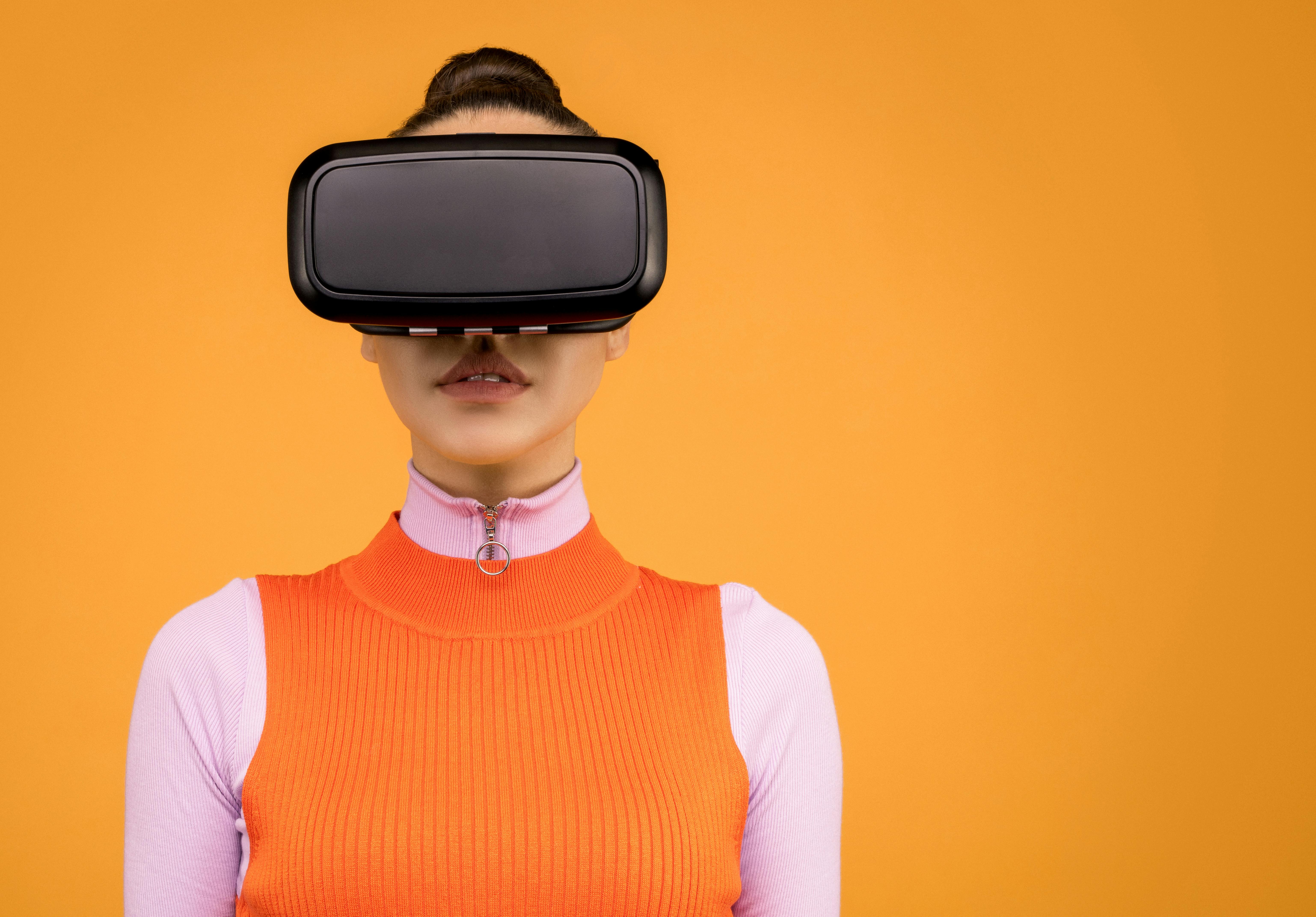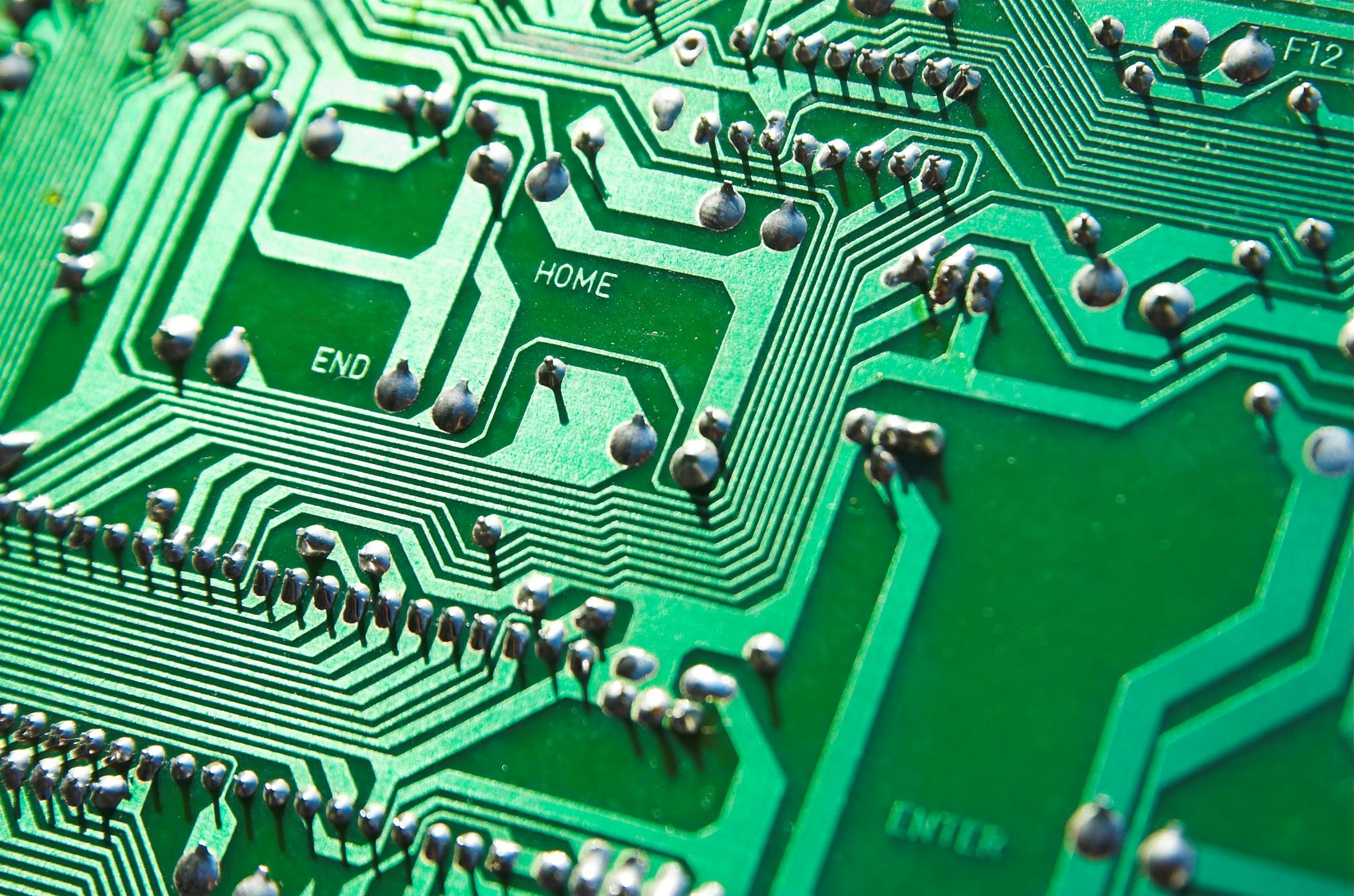The massive evolution in the world of data (especially in the last 3-4 years) has really put in retrospect how powerful decision-making machines based entirely on facts and figures that have been around for centuries can become, a feat that it is not entirely possible. with any amount of human effort. This processing and comprehension of data to understand what exactly it is trying to convey has given rise to a large number of fields (studies) that individually are making spectacular strides in making the world a better place. One of those fields is the one that has seen its success under the name of Deep Learning. But what is it exactly? Well, let’s try to find out.
Deep learning itself is a smaller part of an even larger field of study and research: machine learning, or ML for short. The backbone of deep learning is to make use of highly sophisticated algorithms that work on a framework whose structure and concept are entirely derived from and synonymous with the brain of the human body. As such, it is well understood that the heart of these frameworks has to be similar to neurons in many ways, just as neurons are the heart of our entire nervous system. This entire framework is what we refer to as an artificial neural network (ANN).
It is these same neural networks that are responsible for making breakthroughs and breakthrough discoveries in the field of artificial learning and machine learning. These networks are sluggish at the moment of their creation, like the mind of a newborn baby, completely devoid of and unaware of the workings of the world. Exposing them to real life data (facts and figures) is what hones their precision to perform the highly sophisticated and advanced jobs required of them. These neural networks, just like the human brain, work best when they learn from real-time, real-life experiences. Once the network and its associated model reach the desired levels of accuracy, it’s really fun and intriguing to see them at work.
DEEP LEARNING TERMINOLOGY
Deep Learning 101 is all about understanding the very basic terms associated with it (and also what they mean). Some of these terms include-
-
NeuralNetwork
As discussed above, (artificial) neural networks are the backbone of deep learning. In theory, an ANN can be defined and visualized as several interconnected (artificial) neurons that exchange data between them. If the meaning and understandability of this data is more than the learned experience of a neuron, it results in the neuron being updated in terms of knowledge and experience, and if it is the other way around, the neuron simply processes the data based on its experience and returns some result.
-
CNN (Convolutional Neural Network)
Used exclusively in DIP, a CNN involves the use of multiple independent filters (nothing more than square matrices) on a multi-channel image to extract some contrasting and distinct features from an image.
-
RNN (Recurrent Neural Network)
In very simple terms, an RNN is used to process sequential information in which previous result sets can be used to predict the next result set based on a completely new data set. The best example to understand this would be the automatic recommendations that one receives on platforms like Amazon, Netflix, Spotify, etc.



